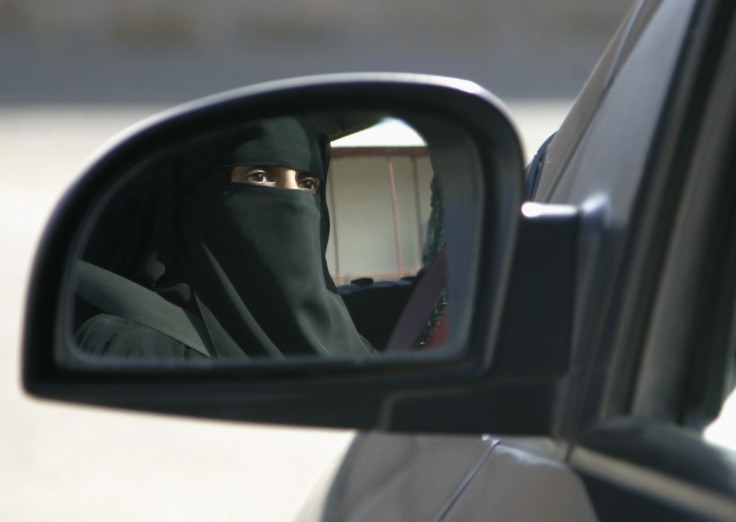Iran: Thousands of cars impounded as women drivers found wearing 'bad hijab'

More than 40,000 thousand cars have been seized by authorities in Iran as the women driving them were found not wearing the hijab (headscarf) properly. The women could also be fined for violating the law.
The hijab is mandatory for women in Iran and foreigners too need to wear a headscarf covering their head and neck when in public places. The measures come in the form of a larger police crackdown on traffic violators, under which men too can be targeted. Police have been using informers to enforce the law.
"Over the past eight months, more than 40,000 cases of bad hijab have been dealt with," Brigadier General Teymour Hosseini was quoted as saying by Agency France-Presse. "In most cases, the cars were impounded and cases were referred to the judiciary."
In November, a warning was issued to women to observe the bad hijab rules and those who failed to follow them were told that their cars could be impounded for a week. A month earlier, two women were fined $260 (£173) for wearing bad hijabs.
"Those women who disrespect our religious red lines and remove their hijab to show off their hair while driving will have their number plates taken," Saeed Montazer-Mahdi, the spokesman for the country's national police force, had said in November.
In May 2014, journalist and women's rights activist Masih Alinejad started a Facebook page to protest against the Iranian government's hijab rules. However, to quell her protest local Iranian media began a smear campaign against her. Iranian media reported that she was raped under the influence of mind-altering drugs in London, which, however, is untrue.
Women in Iran are allowed to work as taxi drivers but they need permission from their husbands. However, this cannot be said of Saudi Arabia, where an outright ban on women drivers is in place. While Iran has relaxed its strict dress code since the 1990s, the controversy over the forced hijab continues.
© Copyright IBTimes 2025. All rights reserved.





















